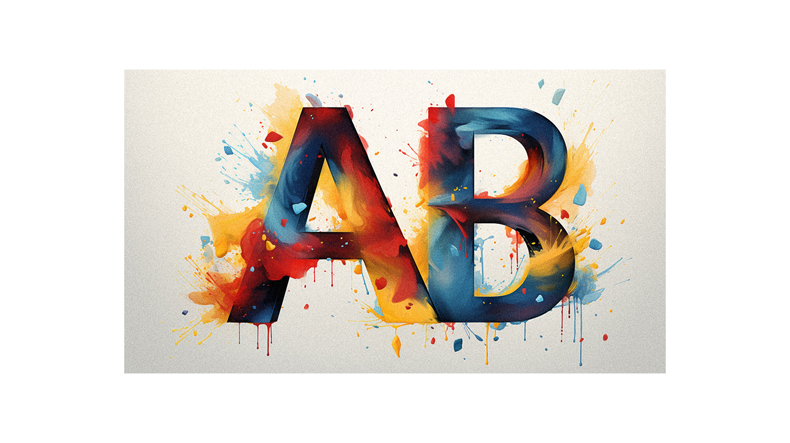Did you know that colors can impact your ability to learn and concentrate? Yes, they play a significant role in determining how much information you retain or how focused you are during learning. Specifically, warm hues such as red, orange, and yellow can help you pay better attention and actively participate in learning.
Equally important is how colors influence our emotions, which subsequently affect recall and cognition. Evidence suggests that specific colors can enhance performance on various cognitive tasks.
So next time you’re setting up your study space or picking out stationery, remember: color matters! This article will explore how different colors impact learning and concentration. Let’s explore together this fascinating intersection of psychology and education.
What is it?

Ever wondered how the colors around you might be shaping your learning and concentration abilities? Well, it’s more significant than you may think. The colors in our surroundings can trigger various emotional responses and cognitive processes, affecting our ability to focus and retain information.
Imagine how different you’d feel sitting in a vibrant red room instead of a calming blue one! Your brain responds differently to these colors; warm hues like red and orange stimulate activity and increase attention, while cool blues promote relaxation and creativity.
That’s why interior design is so crucial in educational settings – it can help create an environment conducive to learning by playing with colors that boost memory, cognition, and motivation.
Cognition and Memory
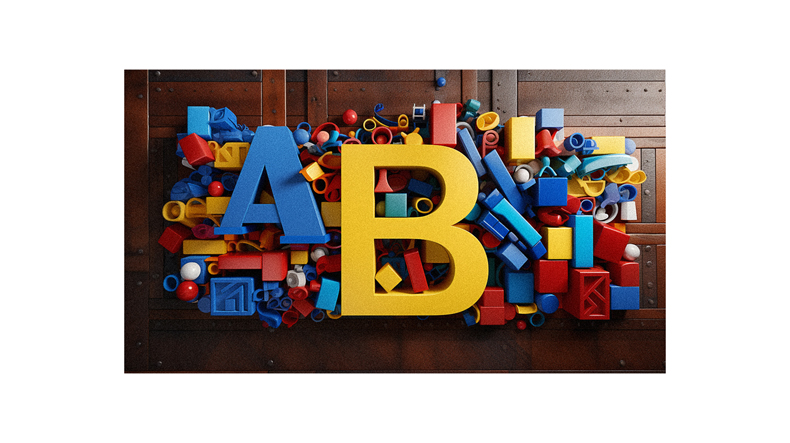
You’d be surprised how much the hues around us play a role in our ability to focus and retain information.
Think about it: when you’re studying or trying to learn something new, certain colors can help increase your attention level, transferring the information to your short-term and long-term memory more effectively.
For instance, warm colors like red, orange, and yellow are ideal for grabbing your attention and stimulating active participation.
Additionally, using color-coded information can better support knowledge acquisition than monochromatic data.
Interestingly enough, even changing the hue can affect recall.
So, next time you’re settling down for a study session or preparing a presentation, remember that color plays a significant part in learning and concentration!
Emotional Impact

Believe it or not, hues impact our cognitive abilities and trigger certain emotions that can affect our learning.
For instance, a fascinating study found that the yellow hue showed higher arousal and evaluation results among ten different colors tested, even influencing people’s boredom levels to some extent.
Moreover, warm colors like orange and yellow in educational materials have been found to enhance students’ learning more effectively than cold colors such as gray.
There’s more – positive emotions brought about by pleasant color experiences help learners recall more possible functions for an object from their long-term memory.
So, you see, color also plays a vital role in the emotional aspect of education!
Attention and Focus
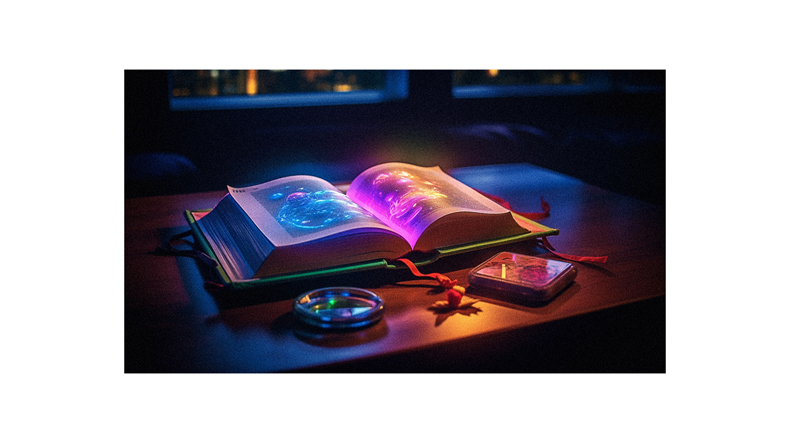
In your studies, have you noticed how certain hues can help increase your focus and attention to detail?
Warm colors such as red, orange, and yellow stimulate attention and invite active participation in learning activities.
On the other hand, cool colors like blue are associated with a calm state of mind that promotes creative thinking.
Moreover, changing the hue of your background may impact recall; it’s suggested that using a blue background increases the likelihood of remembering information.
So, consider integrating color into your materials next time you study or prepare a presentation. It might just give you an edge in retaining and recalling information!
Working Memory

Let’s delve into working memory, the cognitive system responsible for temporarily holding information and manipulating it.
This is where color comes in handy! Research shows that coloring can help you process information automatically without conscious effort. It can reduce visual search time and allow you to access information quickly.
Moreover, changing the hue can affect recall. For instance, using a blue background increases the likelihood of remembering delivered information.
So, next time you’re studying or working on a task requiring attention to detail, try incorporating color into your environment or materials. You might be surprised how much more efficient and productive you become!
Color Coding
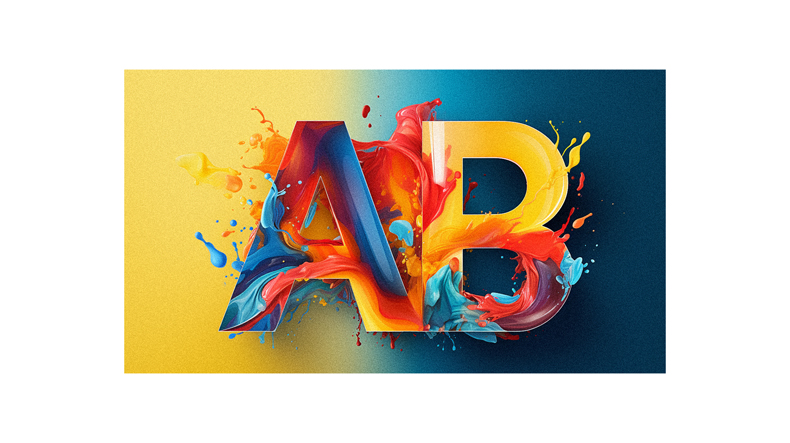
Like a secret language whispering to our brain, color coding can significantly improve how we absorb and retain information. Colorful markers or highlighters can be your best allies when studying or concentrating on essential details. The use of different colors helps categorize your thoughts and improves memory recall.
Think of color as an extra layer of information in your thought process that guides your attention toward the most relevant facts. This visual aid can make complex concepts easier to understand by distinguishing between different elements.
So next time you’re preparing for that big exam or working on a detailed project, remember this: it’s not just about reading through lines of text; it’s also about painting them with meaning using color!
Performance Enhancement
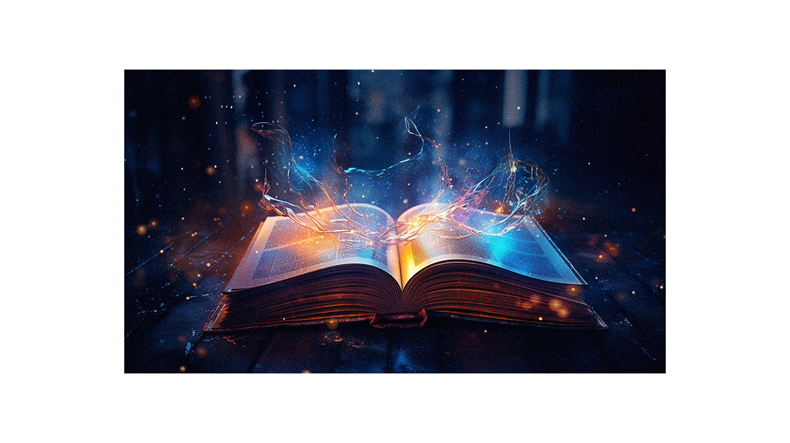
After exploring how color coding can aid memory and learning, let’s dive into the fascinating world of performance enhancement.
Colors don’t just help you remember better; they can also boost your overall performance. Studies suggest that different hues stimulate different reactions.
For instance, red enhances attention to detail and improves proofreading skills, while blue fosters creativity and openness. Just think about it – a red splash could make you more vigilant during tasks requiring precision!
Meanwhile, immersing yourself in a serene blue environment might unlock your creative juices. So, consider the colors around you next time you plan a study session or brainstorm ideas. They may be your secret weapon for enhanced productivity!
References
You might wonder, where’s the proof in all this color talk? Well, there are plenty of studies backing up these claims. For instance, research by Moreno (2007) and Plass et al. (2014) has shown that color plays a significant role in learners’ cognition and emotions.
Studies by Dzulkifli & Mustafar (2013), Brunken, Plass, & Leutner (2003), and Sweller et al. (1998) have delved into how colors can influence cognitive loads. Atkinson & Shiffrin’s study on memory structure found that specific colors can help improve attention levels, leading to better memory retention.
So yes, science has our back when we say that colors impact learning and concentration!
Conclusion
In a nutshell, colors are like the secret spices in your learning recipe. They can jazz up your memory and kick-start your focus. They can even stir up emotions to enhance recall. So, don’t shy away from splashing some reds for detail-drenched tasks or blues for creative ventures.
Remember, color coding isn’t just about looking pretty; it’s a handy tool to sort out information chaos. Harness the power of colors and make learning a vibrant journey!
Follow us on Pinterest for more tips, tutorials, and artist reviews!

